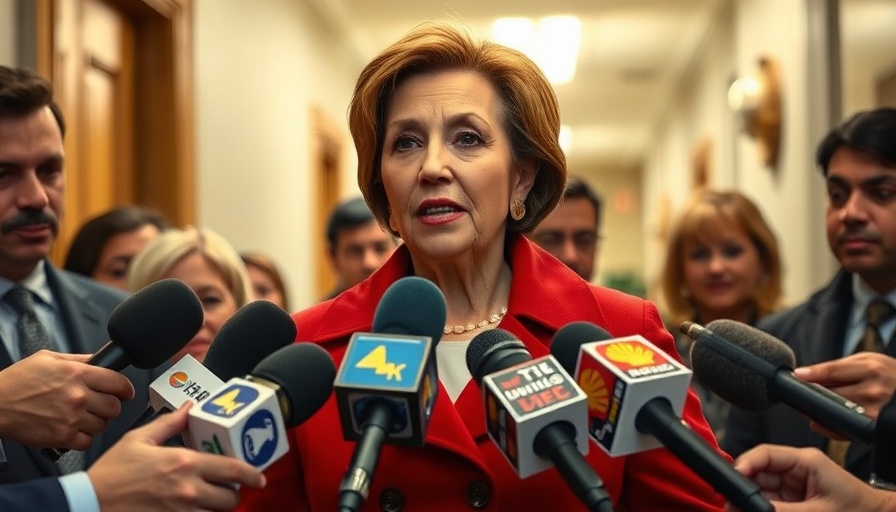
Understanding Leadership Failures: A Cautionary Tale
In a world where good leadership can fuel success and innovation, the recent narrative of a dysfunctional workplace paints a stark contrast. What began with potential transformed into an alarming story of toxic management practices that can undermine team morale and productivity. The experience shared by a group of professionals highlights essential insights into the corrosive effects of poor leadership.
The Harsh Realities of Micromanagement
Micromanagement is often cited as a root cause of workplace dissatisfaction. In this case, the team's experience confirms that overbearing supervision not only demotivates employees but can lead to significant talent loss. One of the teammates, confronted with excessive demands and public humiliation, was ultimately pushed to resign—a reaction reminiscent of recent findings in workplace studies where employees who feel micromanaged report higher levels of stress and anxiety.
Cultural and Emotional Damage
The emotional toll on personnel in hostile workplaces cannot be understated. The manager’s infamous remark, wishing his "resources were orphans," is symptomatic of a larger problem—detachment from empathy and failure to recognize employees as individuals with lives outside of work. Emotional intelligence is crucial in today's workplaces, as studies indicate that workplaces supporting mental health and fostering community are far more productive than those that don’t.
The Role of HR in Toxic Environments
Human Resources departments are tasked with maintaining a positive workplace culture, yet they sometimes falter in their duty. In this instance, they appeared to side with the manager rather than the employees, showcasing a problematic loyalty that can further exacerbate workplace toxicity. Corporate responsibility extends beyond enforcing policies; it encompasses creating an environment where employees feel safe and valued. When HR fails to uphold this, it can lead to a culture of fear, as seen when employees felt pressured to remain quiet about their grievances.
Consequences of Ineffective Leadership
The fallout from this experience is significant. Teams dismantled under poor leadership not only yield lost productivity but also damage the company’s reputation in the job market. Organizations seeking to attract top talent must reflect on their management practices, especially in an era defined by employee choice. The ripple effects cause a dismantling of trust within an organization, leading to disengaged and unproductive teams.
Lessons Learned: The Importance of Healthy Work Environments
As workplace dynamics evolve, the lessons drawn from this situation are critical. Companies should prioritize building an inclusive, supportive culture, mindful of work-life balance. Leadership training focused on empathy and support can go a long way in preventing situations like this from occurring, helping to attract and retain talent. The modern workforce increasingly values organizations that respect their time and personal commitments.
Moving Forward: Hope for a Better Future
The story of this team serves as both a warning and a prediction for the modern workforce. As prospective employees share their experiences on platforms like Reddit, it will be increasingly vital for executives to conduct introspective appraisals of their leadership styles. To cultivate a resilient workforce, leaders must navigate the balance between maintaining productivity and respecting employee autonomy.
Conclusion: Take Action Toward Change
The narrative surrounding toxic workplaces is an urgent call to action for employees and employers alike. Understanding the damage caused by poor management practices can promote efforts to cultivate healthier work environments. Organizations must foster open dialogue about work culture and take strides towards accountability. If you or someone you know is facing challenges in your workplace, seek action—empower yourself to demand the necessary changes for a healthier work environment.
 Add Row
Add Row  Add
Add 




Write A Comment